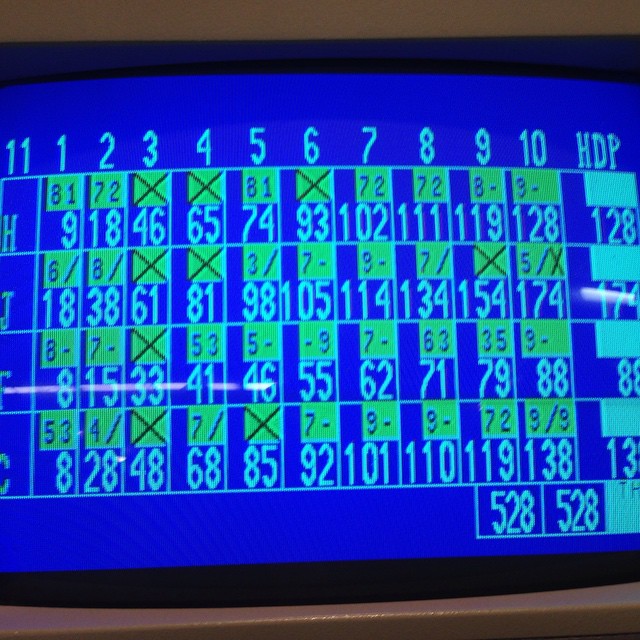In bowling, a variety of factors can affect your score. Over a full game of 10 frames, the number of pins you knock down will of course be affected by your technique and execution, and your mental state and level of focus also play a role.
Luck can be a significant factor in determining your score too. A great shot that appears to sink right into the pocket can leave an unfortunate corner pin, or a badly-missed target can reward you with a strike on the brooklyn side (read our bowling terminology article if any of these terms are unfamiliar to you).
Because of all of these factors, your average bowling score over a large sample size of games is much more important than any single game’s score (unless that score is a 300 of course, in which case you will want to broadcast that score as widely as you can.)
The rest of this article will run through everything you need to know about bowling averages, and most importantly, how to know if yours (or someone else’s) should be considered “good.”
How to Calculate a Bowling Average
The calculation of your bowling average is very easy.
You simply total up the scores and divide by the number of games. So let’s say you bowl a series of three games and score 140, 175, 150. Adding those scores gives us 465, and dividing by the number of games (3), we get 465/3 = 155.
We would follow this same process no matter how many games we are dealing with; simply remember to add and divide by the total number of games. If the result is a decimal, you typically round down to get to a whole number.
How Does Your Average Relate to Your Handicap?
In many forms of bowling like league play, you don’t just go by your actual pinfall (known as your scratch score) but rather you factor in your handicap which is a number meant to help level the playing field between bowlers of different abilities.
In order to determine your handicap, you’ll need to know your average over a period of several games.
The two other important concepts are the basis score and the percentage factor.
Each league or other competition selects a basis score which is a number intended to be higher than any bowler’s average, usually from 200 to 220. The percentage factor is often 80 or 90 percent and is the final step to calculating a bowler’s handicap.
Let’s take our previous example of a 155 average. If that bowler is in a league with a 200 base score and a 80% percentage factor, first subtract your…
Click Here to Read the Full Original Article at Beginner Bowling Tips Blog – Beginner Bowling Tips…
